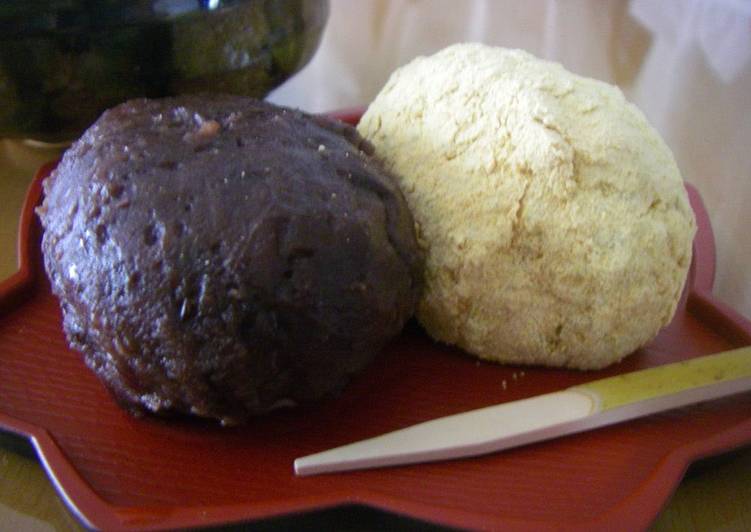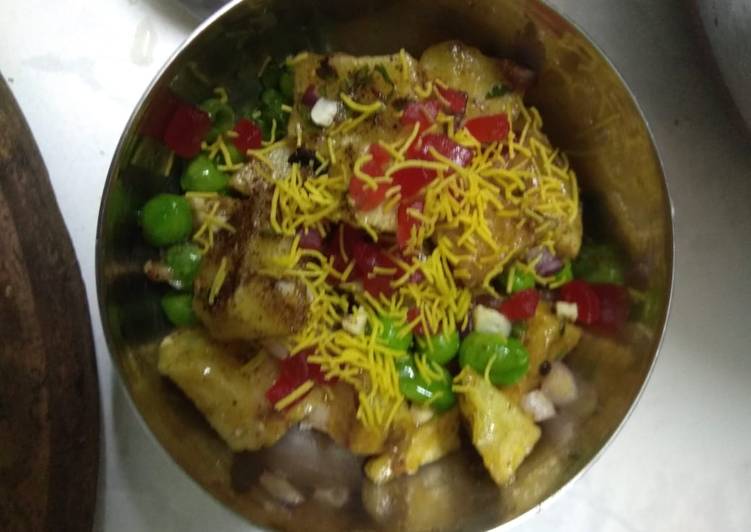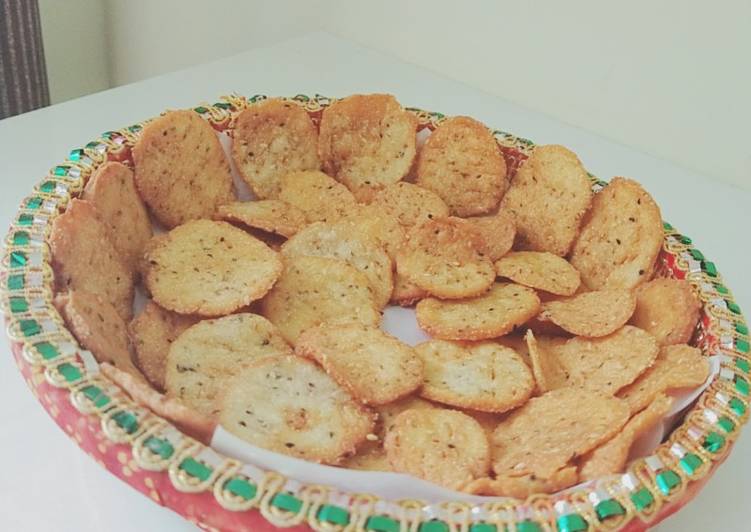
Hey everyone, it is me, Dave, welcome to my recipe page. Today, I’m gonna show you how to make a distinctive dish, our family recipe for ohagi, passed down over three generations. One of my favorites food recipes. For mine, I’m gonna make it a bit tasty. This is gonna smell and look delicious.
Our Family Recipe for Ohagi, Passed Down Over Three Generations is one of the most popular of current trending foods on earth. It’s simple, it is fast, it tastes yummy. It is appreciated by millions every day. They’re fine and they look wonderful. Our Family Recipe for Ohagi, Passed Down Over Three Generations is something that I’ve loved my entire life.
To begin with this particular recipe, we have to prepare a few components. You can have our family recipe for ohagi, passed down over three generations using 6 ingredients and 9 steps. Here is how you can achieve that.
The ingredients needed to make Our Family Recipe for Ohagi, Passed Down Over Three Generations:
- Prepare 250 grams Dried azuki beans
- Get 300 grams Sugar
- Take 1 pinch Natural salt
- Make ready 300 ml Mochi rice
- Take 200 ml White rice
- Prepare 1 Kinako
Steps to make Our Family Recipe for Ohagi, Passed Down Over Three Generations:
- Rinse the adzuki beans and soak in a saucepan with enough water to cover. Bring to a boil and drain. Repeat this 2~3 times.
- Combine the beans with 5 times the amount of water in the pan and bring to a boil. Then turn down the heat to low, and cook until the beans are tender. Add water from time to time.
- This time, it took 1 hour and 40 minutes to cook the beans until they were tender. Now, you only need enough water to cover the beans. If there is too much water in the pan, discard. Then add sugar and salt. (Note: Don't add sugar before the beans become tender.) Cover and leave to stand overnight.
- The next morning, cook over low heat until there is not much water left in the pan. Make the regular white rice first. For the mochi rice, rinse and soak in hour for 1 hour, then cook in a rice cooker with the same amount of water as you'd use for regular rice.
- When the water in the pot is almost gone, stay close to the pan! Stir with a wooden spatula gently from the bottom. It's done when the adzuki beans drop slowly from the spatula. Leave to cool down. Don't worry if you think it's too soft, because it will thicken up a bit when it cools down.
- When the rice is cooked, mash while it is still hot, using a moistened wooden pestle. Mash the rice until it is still a bit lumpy. You won't waste any ingredients if you match the number of rice balls and anko portions. We always use kinako powder to use up the leftover rice.
- For anko ohagi: Put a piece of cling film on your hand and put 1 portion of anko on top. Flatten the anko. Place a rice ball on top. Wrap the anko around the rice ball.
- For kinako ohagi: Wet your hands and flatten a rice ball on your hands. Put a small portion of anko on top. Make a barrel-shaped rice ball using both hands. Coat with a loooooot of kinako powder. (We don't add any sugar to the kinako as it gets sticky after a while, but it's up to you).
- These are our pride and joy! We make a lot to share.
So that’s going to wrap it up for this special food our family recipe for ohagi, passed down over three generations recipe. Thanks so much for your time. I am sure that you can make this at home. There’s gonna be interesting food at home recipes coming up. Remember to bookmark this page in your browser, and share it to your family, colleague and friends. Thank you for reading. Go on get cooking!


